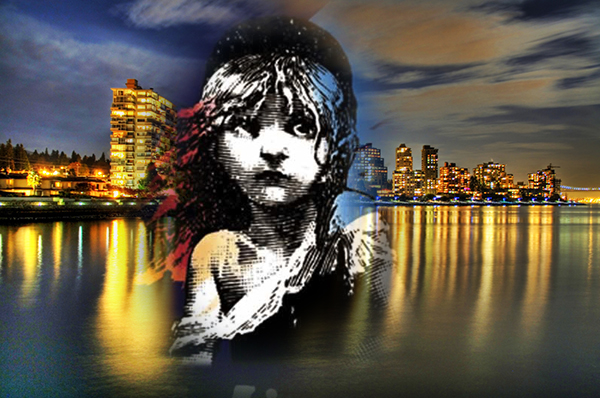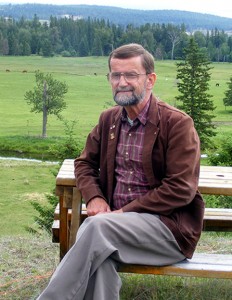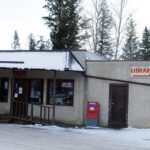Home »

A tale of two worlds – rich and poor
An item on CBC news this week stopped me in my tracks. Canada has 320,000 millionaires. Really! Whatever happened to the Great Recession? Oh, its effects are still being felt, but obviously being a millionaire isn’t what it used to be.
If you live on the west side of Vancouver, you’re a millionaire automatically. The very property you live on is worth a million dollars. Or more. And that’s not counting the house!
Right now in VanKouver-on-the Sea a 2,600 sq. ft., 1937-built home with four bedrooms and three bathrooms sits boarded up in pricey Point Grey with an asking price of $22.8 million and is being sold as a “tear-down.” You read that correctly, a tear-down! What is the world coming to?
Pricey Pads, a Vancouver real estate blog, says you could buy nine historic French Chateaus for $22.8 million and have change left over. Vancouver’s real estate prices are second now only to Hong Kong’s, which means property in the Wet Coast city costs more than in New York, London or Dubai. Kinda makes you feel better about living in Cranbrook until the bubble bursts, and trust me, it will burst no matter what others say. And they do.
However, a little reflection on this absurd situation leads to the inevitable conclusion that we’re living in a sick world. Ever walked around the shabby, poverty-stricken, drug-addled, downtown East Side of Vancouver? I don’t recommend it. Then again, maybe I should because it’s an eye-opener to the seamy backside that lies festering within sight of the luxurious mansions and glittering towers of opulent Point Grey and the West End.
The DES, as it’s commonly known, is considered the poorest postal code in all of Canada even though literally billions in public funds have been spent on it the last three decades to improve the lot of “les miserables” who live there. And truth to say, the spending has helped to a degree. Vermin-infested flop houses have been converted to clean, low income housing and social agencies have offices on almost every street corner providing every kind of aid imaginable from free food to a free needle exchange. But the last time I was there waiting for a bus on East Hastings I couldn’t handle the sight of two skid row denizens tying a rubber tube around the arm of a young woman as she attempted to shoot up. And this was in broad daylight in the afternoon!
So where is all this heading? I’m no Cassandra, but I feel deep in my soul that it’s leading to nowhere good. I used to think my children would live to see the “Great Correction” as I like to put it or as the investment fund bankers and hedge fund managers are prone to say.
But if I live another 20 years, I think I’ll see it myself though I’m certainly not looking forward to it.
And why am I so pessimistic? It’s hard to avoid when you consider a few more salient facts about the world today. And I’m not even talking climate change.
According to Forbes Magazine’s list of the world’s 400 richest people, the end of 2013 saw 1,645 billionaires in the world, up 268 from the previous year and the biggest annual increase ever. Bill Gates has returned to the top of the list with $76 billion, and to his immense credit, he continues to give his money away to charitable causes worldwide. But consider the world he’s giving to.
According to a recent study by the Organization for Economic Co-operation and Development (OECD) the wealth gap between rich and poor is at a 30-year high. The world’s richest 85 people have more wealth than half of the world’s population combined! And, believe it or not, some 2.4 billion of the world’s population live on less than $2-a-day.
In the US, 95 per cent of all income gained from 2009 to 2012 went to the wealthiest one per cent of the population. A similar situation likely exists in Canada.
“The social contract is starting to unravel in many countries,” says OECD Secretary General Angel Gurria. “This study dispels the assumptions that the benefits of economic growth will automatically trickle down to the disadvantaged.”
Is this why in comfortably, well-off Cranbrook the Salvation Army is providing free breakfasts to more than 100 students a week? In fact, a Sally Ann spokesman says they averaged 113 hungry kids the past two weeks and the last breakfast served had something extra to tide them over the school strike.
Lots to think about in this bewildering world.
– Gerry Warner is a retired journalist and a Cranbrook City Councillor. His opinions are his own.








